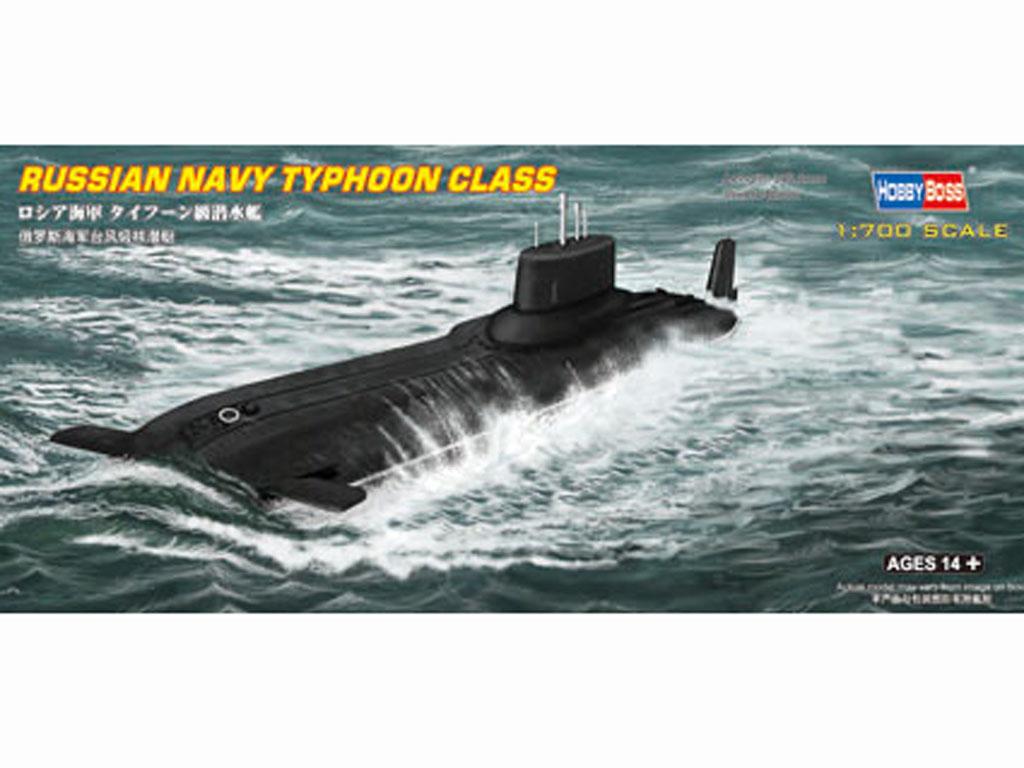

The problem, however, was that the Soviet’s submarine-launched ballistic missile (SLBM), the R-39 Rif, was nearly double the size of its American counterpart, the UGM-96 Trident I. The Soviets wanted to craft a proportionate response, something with equal destructive potential, capable of lurking beneath the surface. Each Ohio could carry 192 of the 100 kiloton warheads.

When America unveiled its Ohio -class submarine, the Soviets were deeply concerned.

Well over a football field long (574 feet), the Typhoon -class submarines can house a 160-man crew while staying submerged for months at a time. They succeeded, creating what is now known as the Typhoon -class submarine, a nuclear-powered ballistic missile sub that displaces a staggering 48,000 tons. In the 1970s, the Soviet Union, concerned with their American foes, especially their new Ohio -class submarine, set about designing and producing the largest submarine ever built. The Soviet Union, bogged down in Afghanistan, corrupt at home, and later, facing a nuclear crisis in Chornobyl, struggled to keep up – but not for lack of effort. Back and forth the two great powers went, in a costly push and pull. What made the Typhoon-Class Special? During the final years of the Cold War, an arms race consumed both the United States and the Soviet Union.


 0 kommentar(er)
0 kommentar(er)
